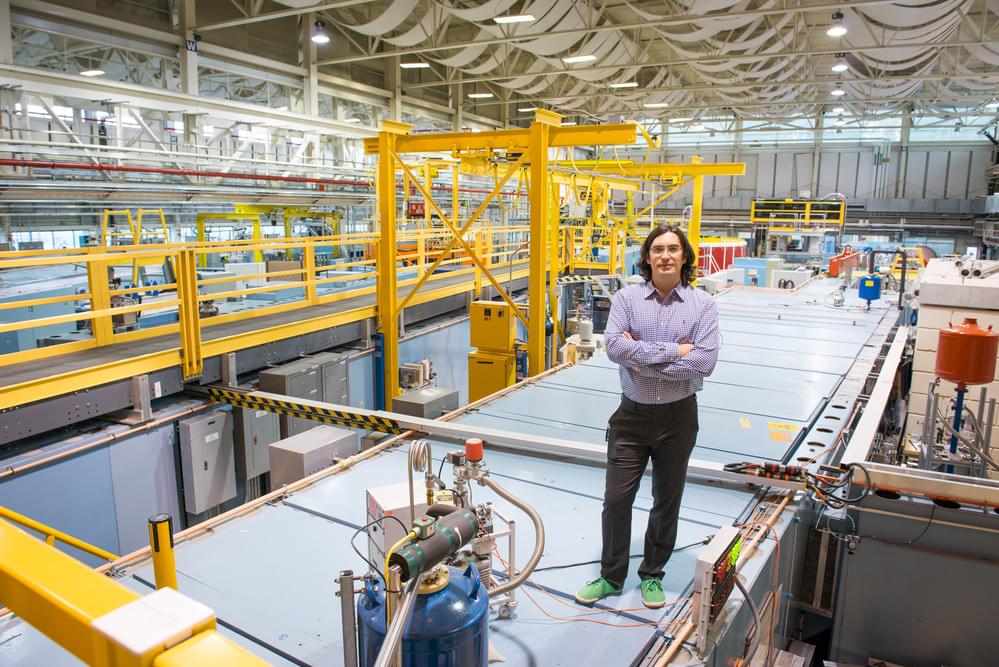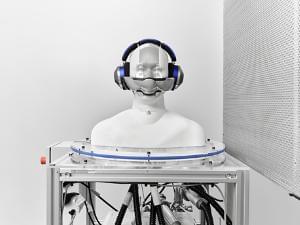See more.



Ever wondered what to do with old cooking oil? It turns out it could power the world’s largest passenger airliner.
Airbus performed the first-ever A380 flight powered by 100 percent Sustainable Aviation Fuel (SAF) derived mainly from cooking oil and other waste fats, a press statement reveals.

TODAY’s Sheinelle Jones sits down with Nakia Boykin, the great-granddaughter of legendary NASA mathematician Katherine Johnson. Boykin shares how Johnson inspired her academically and the lasting legacy she left behind for generations. “I don’t know if I’m going to work at NASA or anything like she did, but math definitely will always be with me as I get older,” she says.

Tesla has opened its “longest Supercharger station in the world” through a growing partnership with a French supermarket company. There are larger, bigger Supercharger stations in the world, but apparently, there are none longer. Tesla is currently growing its Supercharger network at an impressive rate. The automaker went from 23,277 Superchargers at 2,564 stations at […].


Researchers uncovered new information about an important subatomic particle and a long-theorized fifth force of nature.
A group of researchers have used a groundbreaking new technique to reveal previously unrecognized properties of technologically crucial silicon crystals and uncovered new information about an important subatomic particle and a long-theorized fifth force of nature.
The research was an international collaboration conducted at the National Institute of Standards and Technology (NIST). Dmitry Pushin, a member of the University of Waterloo’s Institute for Quantum Computing and a faculty member in Waterloo’s Department of Physics and Astronomy, was the only Canadian researcher involved in the study. Pushin was interested in producing high-quality quantum sensors out of perfect crystals.
By aiming subatomic particles known as neutrons at silicon crystals and monitoring the outcome with exquisite sensitivity, researchers were able to obtain three extraordinary results: the first measurement of a key neutron property in 20 years using a unique method; the highest-precision measurements of the effects of heat-related vibrations in a silicon crystal; and limits on the strength of a possible “fifth force” beyond standard physics theories.



Try to get your head around that — or not. The concept of combining noise-cancelling headphones with a built-in air purifier sounds like something out of a dystopian sci-fi film taking place in a world with high-tech but poor air quality. However, it’s actually a real device — one that you’ll soon be able to buy.
The Dyson Zone™ is Dyson’s first wearable purifier, capturing city pollution including gas, allergens and particulate matter and cancelling unwanted noise with advanced noise cancellation and pure, high-fidelity audio.